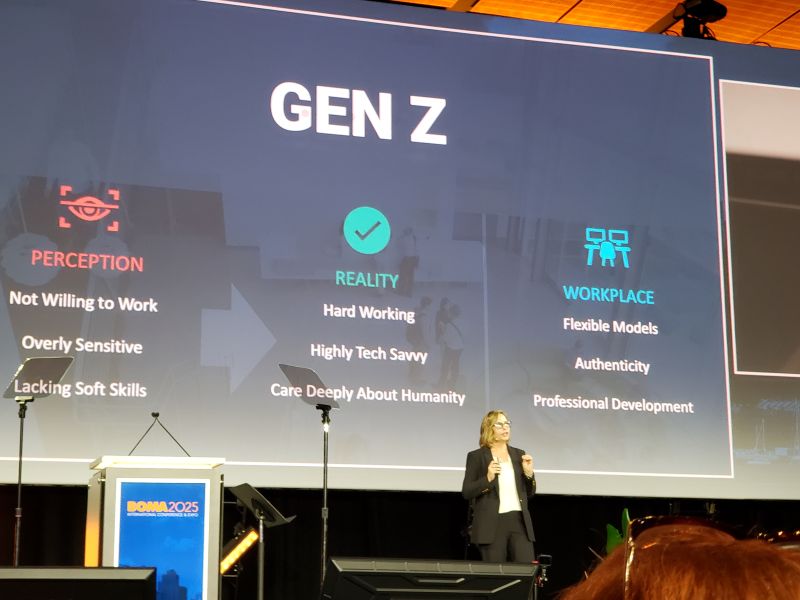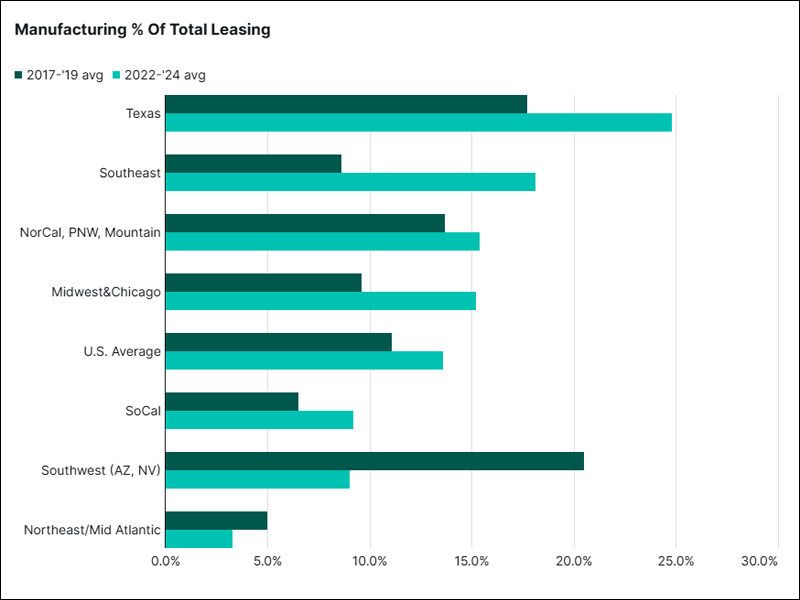How to Repurpose Retail for New Realities
Retail isn't in chaos, says net lease expert Jonathan Hipp of Avison Young. It's just transforming.

Jonathan Hipp
The retail market is under siege. There’s no surprise there. But to quote an investment truth—especially among more savvy net lease players—crisis also brings opportunity. Such is the case with the beleaguered retail market. You just need to know where the rocks in the stream are in order to avoid a capital dunking.
First, there’s one ongoing truth about virtually all retail real estate. As Richard Chichester, president & CEO of Faris Lee investments once observed, retail typically occupies the best real estate in town. Of course, that makes sense, given the need for traffic and exposure. Real estate is the great differentiator, especially these days when the internet seems to dominate everyone’s shopping attention.
This reality, of course, predates the pandemic. Smart brands were already focusing on omnichannel strategies in an attempt to marry digital and brick-and-mortar sales. Think players such as the Home Depot or Best Buy. They also incorporated a now-cliche “customer experience” strategy to draw people away from their devices and into their stores.
Of course, the pandemic put an end to that, at least temporarily. Shoppers hunkered down at home rather than risk exposure in the tight quarters of a retail store, and the result was an unprecedented number of bankruptcies last year, often by names we’ve grown up with.
Repurposing retail
So the question is: What can net lease investors do about it? The first and most obvious step is to know your holdings. We’ve talked often in this space about the sure winners, the safe havens in this rocky market, the c-stores, banks and dollar stores.
Building on Chichester’s words, vacated pads on valuable real estate are prime opportunities for new, stronger retailers to come in. We see it constantly in the cases of larger holders of space giving way to fitness centers or pharmacies. The incoming tenant may not be a net-lease holder, but this too will give the investor an opportunity to cash out in favor of greener pastures.
Developers with an eye for repurposing the site also provide an opportunity to cash out. Ironically, this exit strategy comes at the hands of the explosive growth of the internet. The increased need for same-day delivery is sending web sellers scrambling for close-in sites for last-mile delivery capabilities.
Of course, we’re not advocating a retreat from the net lease market. Rather, we’re looking for investors to capitalize on their investments by selling off underperforming or nonperforming pads (or brands) for more profitable options. Of course, those lucrative options still abound in the net lease arena, as select retailers in the space double down on their market success.
For instance, pharmacies continue to expand their offerings, with such add-ons as walk-in clinics, and c-stores are casting their nets beyond their traditional consumers. Riffs on their established strategies, such as Dollar Tree Plus, are designed to add a slightly more upscale price point without driving away those consumers on which they built their successes.
Indeed, the retail market continues to reel from its web-induced challenges, whether it’s due to an inability to fold in an omnichannel strategy or simply because it’s safer these days to remain at home. But the retail market is not in chaos. It’s undergoing transformation. The savvy net-lease investor knows how to read those market changes and capitalize on the opportunities to be found there.
Jonathan Hipp is a firm principal & head of the U.S. Net Lease Group of Avison Young.







You must be logged in to post a comment.